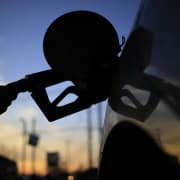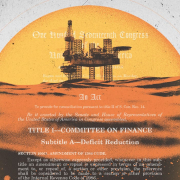Oil demand in the US soared during the summer, even as higher pump prices forced many Americans to cut back on driving.
Overall petroleum supplied, a proxy for demand, posted its best July since 2019, according to government data released Friday. June was even stronger, with demand for the month at a 16-year high. The boost came despite a marked drop in gasoline consumption, which fell 6% from a year ago and double June’s decline.
The shocks of high gasoline costs are ricocheting through the economy, and industry analysts see little relief on the horizon. Crude oil, the natural resource used to produce gasoline and diesel fuel, has seen dramatic changes to its supply throughout the pandemic.
The onset of the pandemic led to an initial drop in prices for petroleum-based products, and then, just as abruptly, prices rose sharply
Demand has started to fall by single-digit percentage points in parts of the country where gasoline prices have hit the highest. As petrol prices continue to break records in the United States, putting a significant strain on Americans‘ wallets and threatening economy.
Click here to read the full article
Source: Bloomberg
If you have further questions about the topic of more oil, feel free to contact us here.









